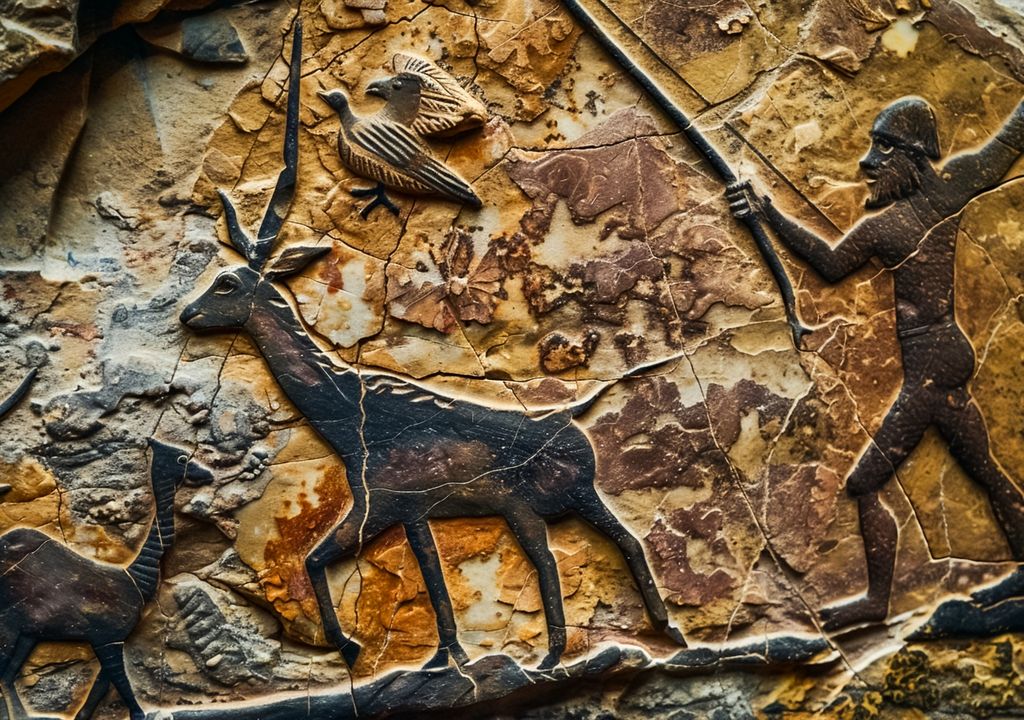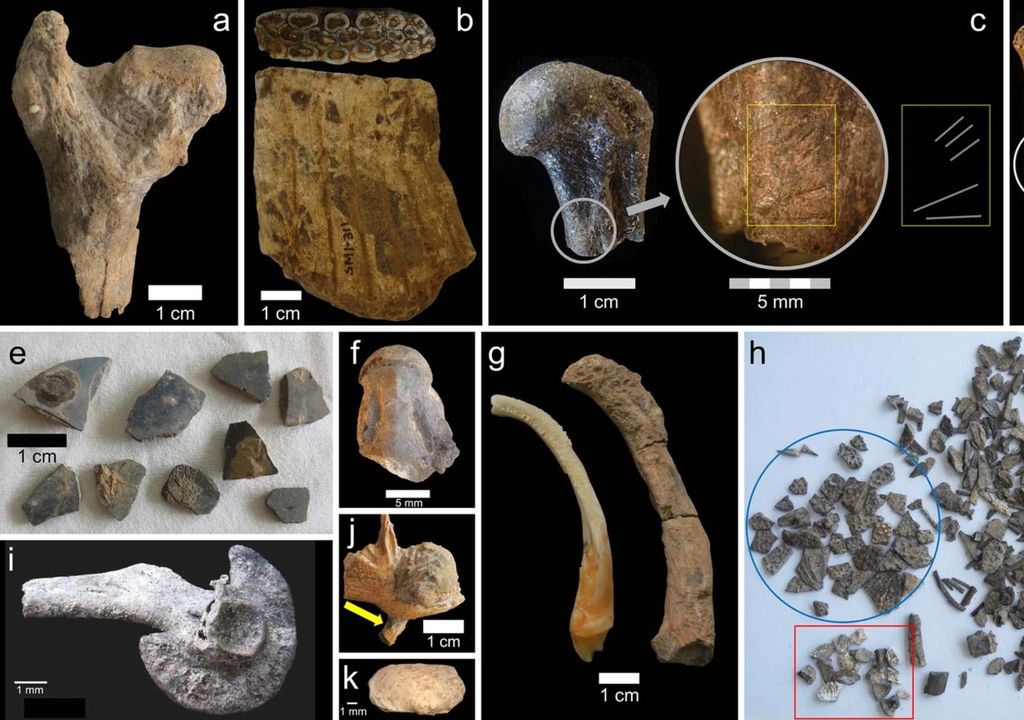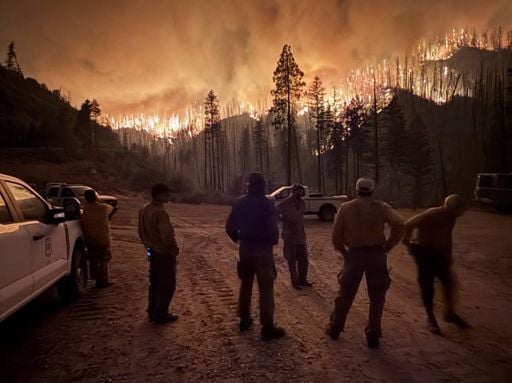An ancestral camp raises a new theory about human migration
The bones found in a place in Ethiopia suggest that people who lived there had to adapt their diet and habits to survive after a super volcanic eruption.

The location and evidence of an archaeological site in Ethiopia suggests that ancient humans adapted their diet during a period of drought caused by the eruption of the Toba volcano 74,000 years ago.
The eruption of Toba, a supervolcan on the Indonesian island of Sumatra, was the largest eruption on Earth in the last 2 million years. Some researchers believe that it caused a volcanic winter that lasted several years and that it could have ended up with most of the living humans at that time, but the magnitude of its impact is debatable.
"It was a pretty fortunate find," says John Kappelman of the University of Texas at Austin, whose team discovered the site in 2002. "There is no doubt about it."
How does Mt St Helens compare with Mt Vesuvius, Yellowstone and Toba?
— CErSE (@CErSE_US) May 27, 2020
Volcanic Explosivity Index (VEI)scale measures relative explosivity for recent observed & historic (paleo) eruptionshttps://t.co/FkYXdng7E1#EarthScience #geology #volcano #earthquake #biology pic.twitter.com/CQe9wKXPNi
The first human sites are caves that were occupied for tens of thousands of years, he says. But this camp is not like the rest, it is in an outdoor place near the Shinfa River, a tributary of the Blue Nile. "Our hunch is that this site was occupied for about five or ten years, or something like that," says Kappelman.
The team's explanation for this is that the Shinfa River is seasonal and dries up, leaving water wells in the dry season. Immediately after the toba eruption, the dry season was longer, so it was easier to fish in the smaller and smaller water wells. Researchers suggest that this compensated for the lack of terrestrial animals to feed.
The camp
The team also found thousands of stone splinters from the manufacture of tools, along with some stone tips that are possibly from the oldest arrowheads ever found. "We have evidence of archery in the form of small stone tips," says Kappelman.
In addition, there were shells of ostrich eggs and bones of many animals, some of which had marks of cuts and signs of having been heated by fire. Then, the researchers believe that people brought animals to the place to kill and cook them.

In the middle of the sediment layer that contains fragments of stone and bones, the team also found volcanic ash in the form of tiny pieces of glass known as cryptotefra. "They are simply tiny fragments of glass," says Kappelman, and its composition coincides with other samples of Toba's super eruption.
An isotopic analysis of ostrich shells suggests that the climate became drier after the eruption. This coincides with a quadrupling in the number of fish remains observed and a decrease in other types of animal remains. "In the following years, the food leftovers returned to the levels prior to the eruption, with no signs of a massive death," says Kappelman.
Migrations outside Africa
Some scientists are convinced that the great migrations of Africa occurred during periods with very humid climates. In this way, the rain allowed them to survive long enough to cross the large arid and desert expanses between Africa and Eurasia.
This camp supports the idea of other researchers who believe that migrations also occurred in dry climates since they could adapt. This means that modern humans could have left Africa 60,000 years ago, even in times of drought.
"This is an intriguing article for many reasons: the possibly precise link with the super eruption of Toba, the environmental evidence, the subsistence behaviors, including fishing, the possible use of bow and arrow, and the behavioral adaptations that could have facilitated the dispersions from Africa," says Chris Stringer at the Natural History Museum in London.
"I am sure that each of these proposals will feed the debate, but I think the authors have presented plausible arguments, although not definitive, for each scenario they propose," he says.
Reference of the news:
Kappelman, J., Todd, L.C., Davis, C.A. et al. Adaptive foraging behaviours in the Horn of Africa during Toba supereruption. Nature (2024).https://doi.org/10.1038/s41586-024-07208-3








